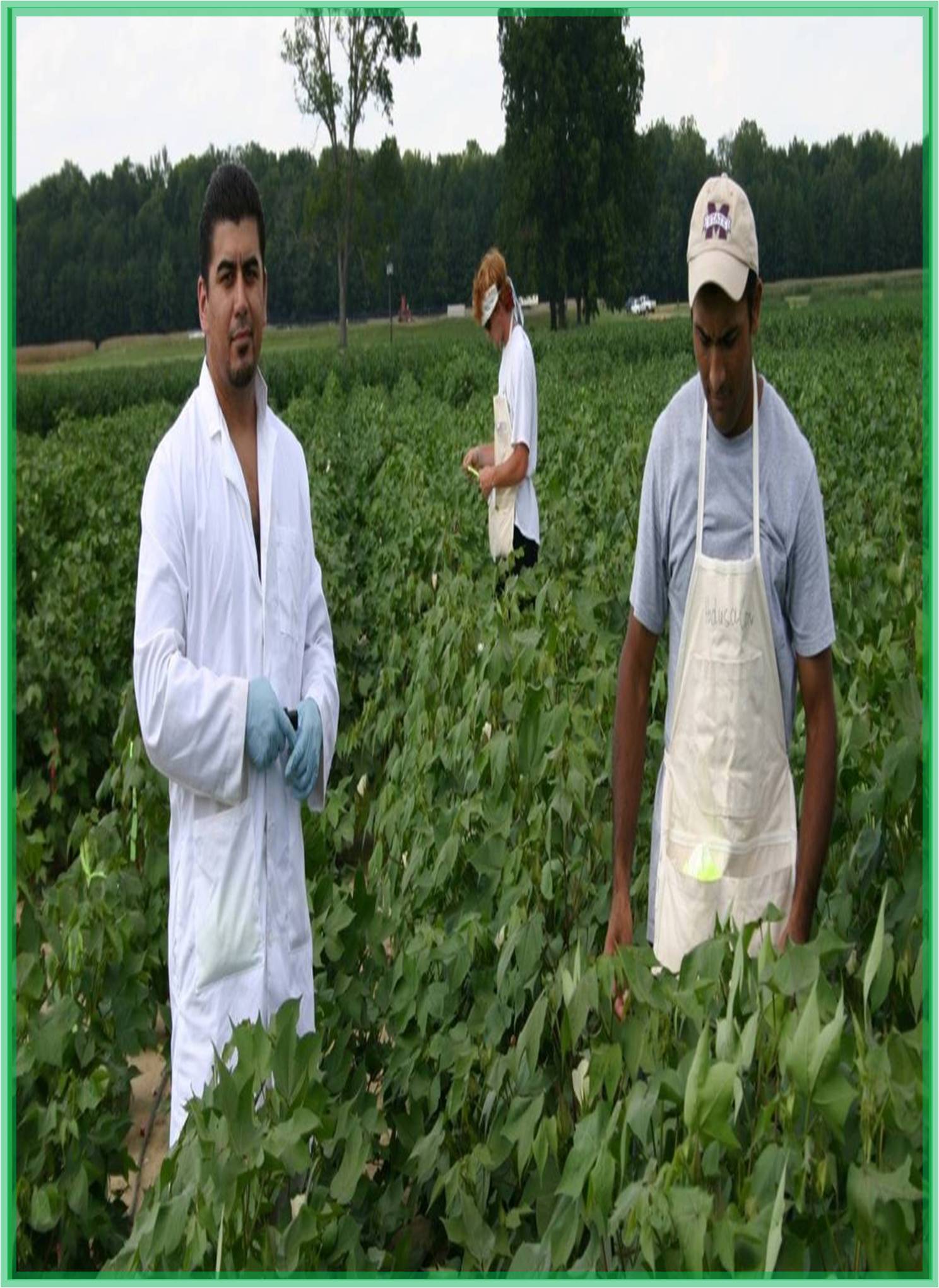



Received: 20-Jul-2022, Manuscript No. GJARR-22-71439; Editor assigned: 25-Jul-2022, Pre QC No. GJARR-22-71439 (PQ); Reviewed: 08-Aug-2022, QC No. GJARR-22-71439;; Revised: 16-Aug-2022, Manuscript No. GJARR-22-71439 (R); Published: 23-Aug-2022, DOI: 10.15651/2437-1858.22.10.010
A greenhouse is a building where plants that require controlled climate conditions are cultivated. Its walls and top are mostly composed of transparent materials, including glass. These structures range in size from small huts to gigantic industries. Consider a cold frame as a little greenhouse. The interior temperature of a greenhouse increases significantly above the outside temperature when it is exposed to sunlight, protecting the contents from cold weather. Modern plantations for producing fruits, flowers, and vegetables can be found in many commercial glass greenhouses and hothouses. To produce the optimal climate for plant growth, the heating, cooling, lighting, and screening elements in the glass greenhouses may all be controlled by a computer.
Then, using a number of methods to adjust growing parameters, including air temperature, relative humidity, and vapour pressure deficit, the ideal atmosphere is established for the growth of a specific crop. The glass used in household greenhouses is normally 3 mm "horticultural glass," which is high-quality glass that shouldn't have air bubbles. Polyethylene film and multiwall polycarbonate sheets, or PMMA acrylic glass, are the two types of plastic that are most frequently used. Modern vegetable or flower-producing facilities are frequently found in commercial glass greenhouses.
The equipment in the glass greenhouses, which includes lighting, heating, cooling, and screening systems, can be automatically controlled by a computer. Greater control over the environment in which plants develop is made possible by greenhouses. The key elements that can be controlled in a greenhouse depend on its technical specifications. These include temperature, light and shadow levels, irrigation, fertiliser application, and atmospheric humidity.
Through the use of greenhouses, marginal areas can produce more food by overcoming deficiencies in a piece of land's producing characteristics, such as a short growing season or inadequate light levels.
In hot, dry areas, shade shelters are used specifically to give shade. The role of greenhouses in the food supply of high-latitude nations is growing as they may allow for the year-round cultivation of some crops. Almera, Andaluca, Spain, has one of the largest complexes in the world, with greenhouses covering over 200 km2.
The cultivation of flowers, vegetables, fruits, and transplants is frequently done in greenhouses. For commercial cultivation, special greenhouse cultivars of some crops, like tomatoes, are typically employed. In late winter and early spring, many fruits and flowers can be cultivated in greenhouses before being moved outside as the weather warms. Seed trays can also be stacked within the greenhouse for later transplantation outside using seed tray racks. Hydroponics can be used to maximise interior space when maturing crops in a greenhouse.
Other varieties of bees and artificial pollination have also been utilised, in addition to using bumblebees as pollinators. Compared to outside production, the comparatively enclosed environment of a greenhouse has its own special management requirements. Irrigation is required to provide water, and it is vital to control pests and illnesses as well as extremes in temperature and humidity. The majority of greenhouses employ drip lines or sprinklers. Warm-weather vegetables may require large heat and light inputs to be grown in the winter.